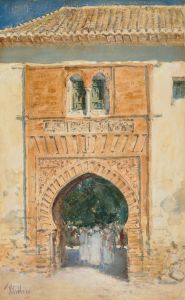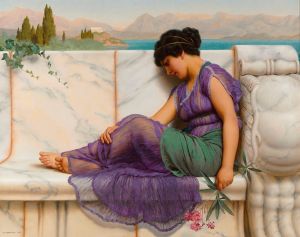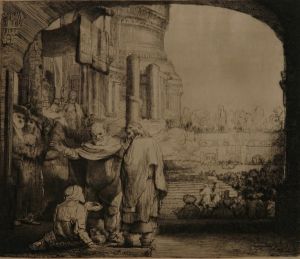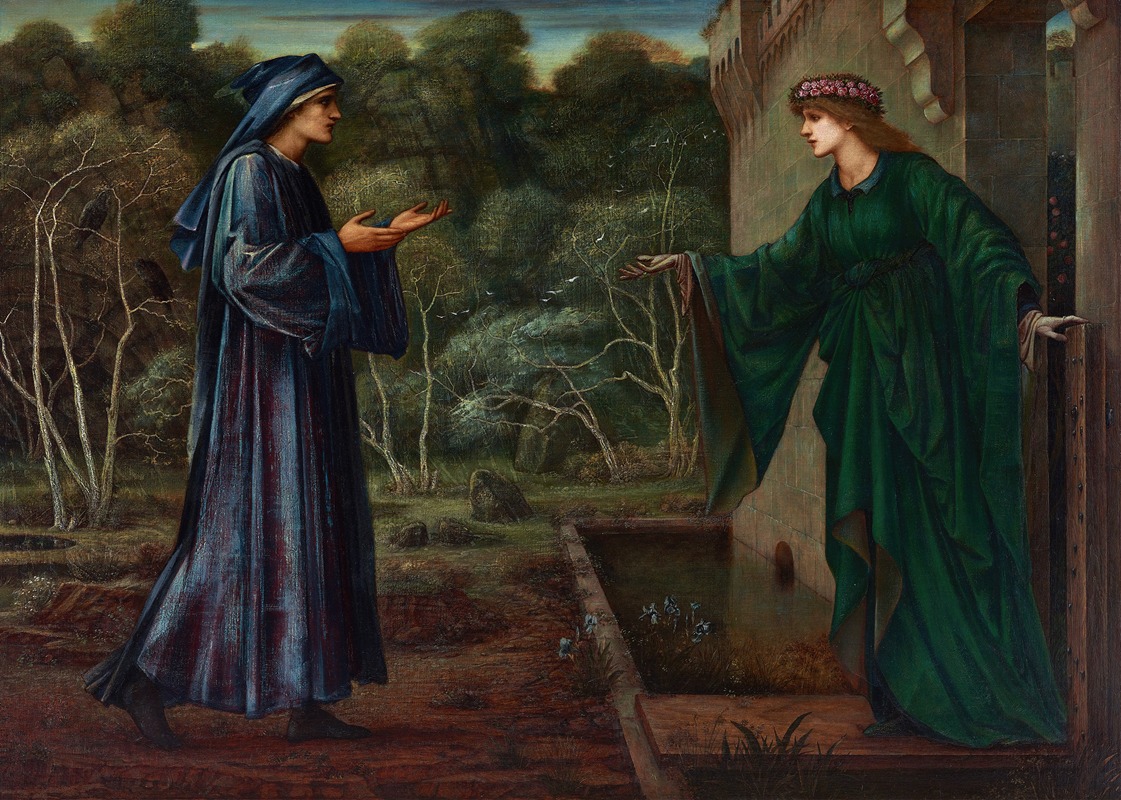
The Pilgrim At The Gate of Idleness
A hand-painted replica of Sir Edward Coley Burne-Jones’s masterpiece The Pilgrim At The Gate of Idleness, meticulously crafted by professional artists to capture the true essence of the original. Each piece is created with museum-quality canvas and rare mineral pigments, carefully painted by experienced artists with delicate brushstrokes and rich, layered colors to perfectly recreate the texture of the original artwork. Unlike machine-printed reproductions, this hand-painted version brings the painting to life, infused with the artist’s emotions and skill in every stroke. Whether for personal collection or home decoration, it instantly elevates the artistic atmosphere of any space.
Sir Edward Coley Burne-Jones, a prominent British artist associated with the Pre-Raphaelite Brotherhood and the later Aesthetic Movement, painted The Pilgrim at the Gate of Idleness in 1875. This work exemplifies Burne-Jones's characteristic style, which often combined medieval themes, a dreamlike atmosphere, and meticulous attention to detail. The painting reflects his fascination with allegory and narrative, drawing inspiration from literature, mythology, and religious symbolism.
In The Pilgrim at the Gate of Idleness, Burne-Jones depicts a lone figure, the pilgrim, standing before a gate that symbolizes "idleness." The scene is imbued with a sense of introspection and moral contemplation, themes that were central to Burne-Jones's artistic vision. The pilgrim, dressed in medieval-style attire, carries a staff and appears to be on a journey, a recurring motif in Burne-Jones's work that often alludes to spiritual or existential quests. The gate itself is ornate, with intricate details that reflect Burne-Jones's interest in decorative design and his collaboration with the Arts and Crafts Movement.
The painting is executed in oil on canvas, showcasing Burne-Jones's mastery of color and texture. The muted palette and soft, ethereal lighting contribute to the dreamlike quality of the scene, a hallmark of his style. The composition is carefully balanced, with the figure of the pilgrim serving as the focal point, drawing the viewer's attention to the emotional and symbolic weight of the moment.
The Pilgrim at the Gate of Idleness is part of Burne-Jones's broader exploration of moral and philosophical themes through art. His works often invite viewers to reflect on the human condition, the passage of time, and the choices that define one's journey through life. This painting, like many of his others, demonstrates his ability to blend narrative depth with visual beauty, creating works that resonate on both intellectual and emotional levels.
The painting is currently housed in a private collection, and its exhibition history is limited. However, it remains an important example of Burne-Jones's contribution to 19th-century British art and his enduring influence on subsequent generations of artists.





![Tora-no-mon-gai; Aoi Hill, Outside the Tiger Gate [Tora-no-mon]](/imgs/213040/s/ando-hiroshige-toranomongai-aoi-hill-outside-the-tiger-gate-toranomon-6629cde0.jpg)




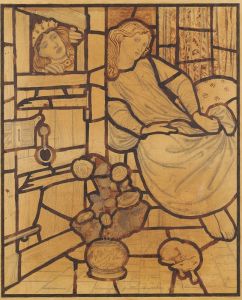

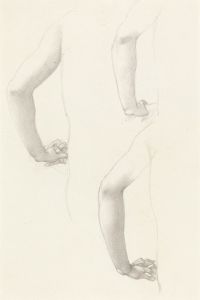
![Gate of the Metwaleys [Bab Zuwayla], Cairo.](/imgs/217486/s/david-roberts-gate-of-the-metwaleys-bab-zuwayla-cairo-669b6ca3.jpg)
